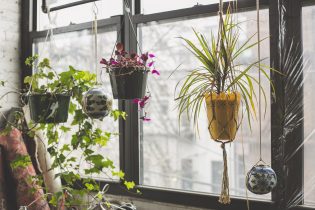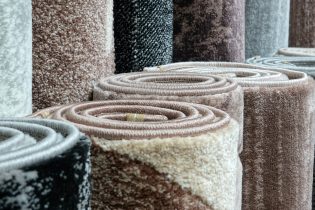Hard To Kill Plants for NYC Apartments with Low Light
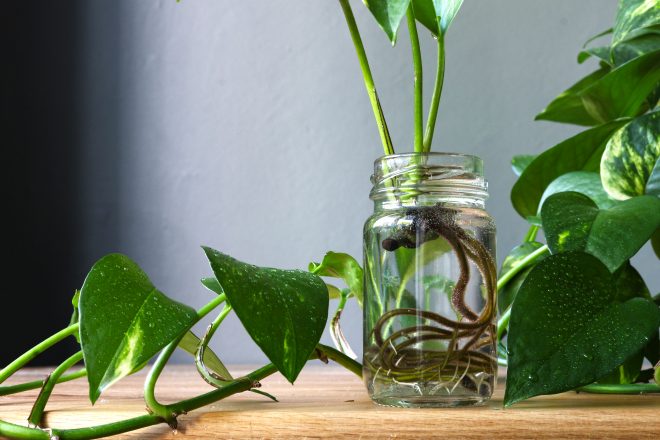
Let’s be honest. Not all of us apartment owners have the natural light we crave. In the past, this may have discouraged us from our pursuit of ‘plant parenting.’ Not anymore. Certain houseplants can survive (and thrive) in apartments with little to no light. These plants are easy to care for and totally perfect for that studio in need of a little sun.
Table of Contents
Our top picks for hard to kill plants in NYC apartments with low light
Maidenhair Fern
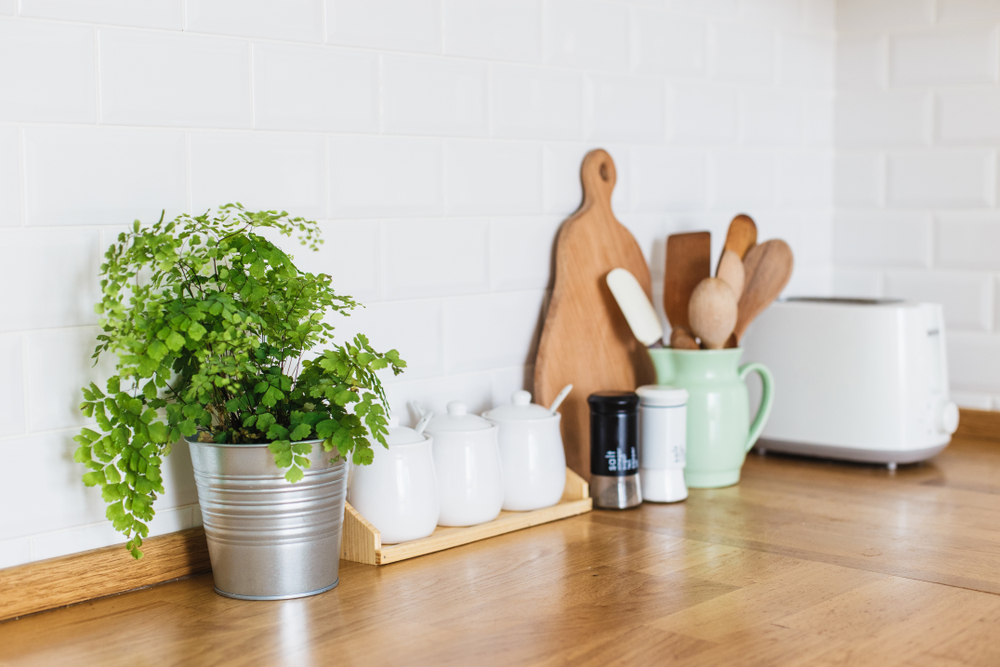
Maidenhair ferns are perfectly equipped to handle low light. The plant has green, delicate, small fan-shaped leaves that add a wonderful pop of color to your bedroom or living space. It’s definitely a top pick for shade-surviving houseplants.
Light Conditions
Maidenhair ferns need partial to complete shade. They can flourish in these conditions, and there’s no need to worry too much about a lack of light — Maidenhair ferns totally thrive in the dark.
Water
While they may not need much light, Maidenhair ferns require a relatively high water intake. Their soil must always be moist, and their watering has to be consistent. However, it’s crucial to avoid overwatering. The balance is tricky, but ultimately key. To keep your Maidenhair fern healthy, make sure to water it daily. (If daily isn’t doable, every other day will get the job done.) Keep an eye out for any yellow leaves, this is the first indication of over-saturation.
Maidenhair ferns require a decent amount of drainage. Keep the plant in a plastic pot with holes, to prevent the soil from the dangers of over-watering. Without adequate draining, maidenhair ferns quickly fall victim to “root rot.”
Temperature
In the wild, Maidenhair ferns inhabit moist and humid landscapes. But how does one replicate this habitat in their Brooklyn one-bedroom?
When possible, keep them in conditions over seventy degrees Fahrenheit. (You can even place your fern on a bathroom sink. Every hot shower–instant plant paradise!) If you own a humidifier, place your maidenhair fern at its side.
The key to mimicking the warm environment is frequent misting. Mist your fern with warm water a couple times a day, and ensure complete consistency.
The Spider Plant

Spider plants are beautiful, long leafed houseplants that can be grown in a typical container–or hung from your ceiling as natural decor. They do well inside–or outside (if you have a patio, deck, or even a decent fire escape.) Not only do spider plants do well in darkness–they purify your air, too! The spider plant is a perfect choice for those with beginner-level green thumbs.
Light Conditions
Spider plants do well in light shade. Heavier darkness won’t kill your new plant pal, but it’s recommended to avoid it when possible. In proper levels of shade, your plant will flourish.
Water
Spider plants prefer their soil slightly moist, but ensure any water is free of fluoride or any level of chlorine. Traces of these chemicals can do anything from brown the tips of each leaf, to kill the plant entirely. Rainwater or distilled water is the best choice. The tubers of a water plant retain water well, so don’t worry if you can’t water daily. From spring to fall, attempt to water your houseplant a few times a week. In the Winter, water when needed.
Temperature
While spider plants prefer warm, humid conditions–there’s no need to turn your bedroom into a sauna. Fifty degrees fahrenheit is the minimum temperature requirement. Simply make sure to keep your houseplant away from air conditioners and powerful fans and mist your plant regularly.
Lucky Bamboo
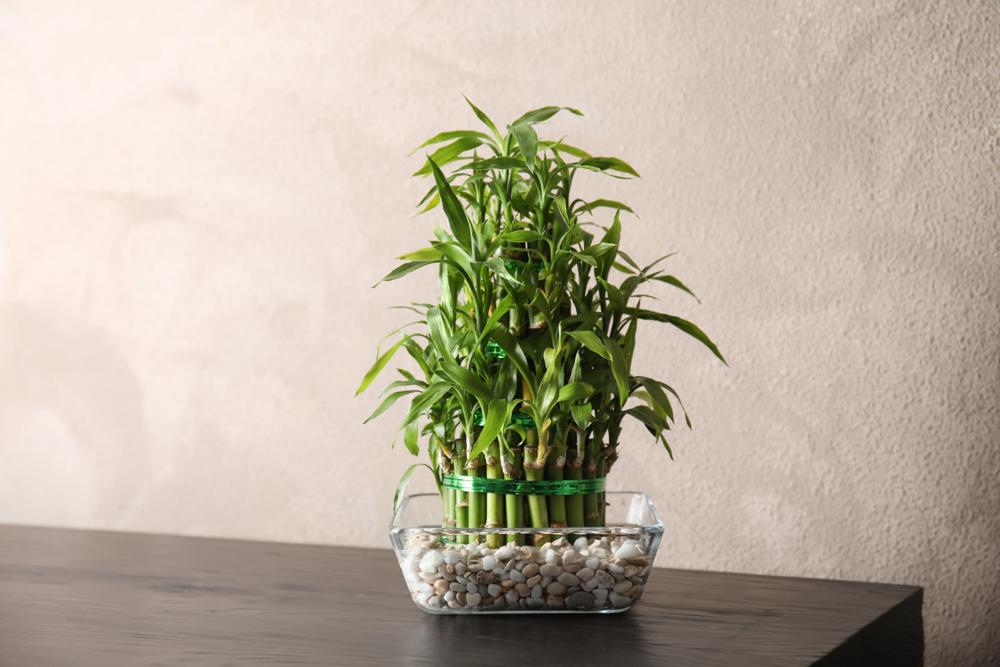
Lucky bamboo plants are a popular choice for office desks and decorative shelves. They’re known for their importance in the practice of feng shui–and are said to bring luck to the home. Not only are these plants bringers of good fortune, they’re nearly impossible to kill.
Light Conditions
Despite lucky bamboo flourishing in light, they will also survive perfectly well in conditions of indirect sun or partial shade. To know when too much shade is, well, too much–keep an eye on the colors of each bamboo stalk. If the green begins to fade, or the leaves begin to stretch, that’s an indicator to provide just a bit more sunlight.
Water
Like many other plants, lucky bamboo is extremely sensitive to chlorine. Bottled or distilled water is preferable. (If tap water is necessary, leave it out in a cup for twenty four hours to eradicate the chemicals.) Lucky bamboo can be grown in soil or water (with adequate pebbles provided.) If grown in water, change it weekly. If grown in soil, water weekly.
Temperature
Like most bamboos, this one prefers warmer temperatures starting at sixty degrees fahrenheit. Don’t place your plant by an ac, any vent, or an open, drafty window. Average home humidity will suffice, so don’t worry too much about changing your natural conditions.
Golden Pothos
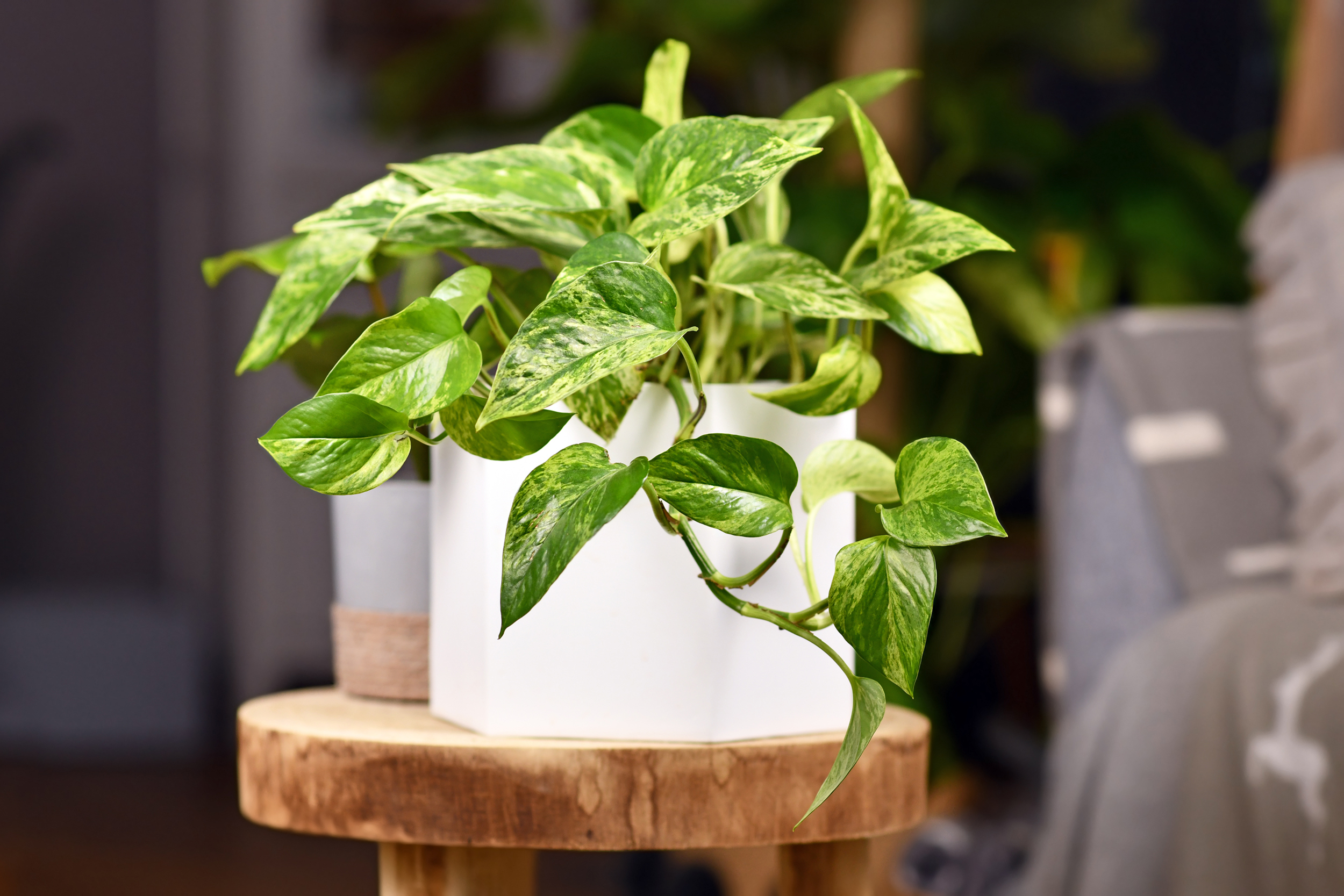
Golden pothos are the true survivors of the natural world, finding a way to grow in practically any condition possible. Low light, little water…these hardy houseplants are truly indestructible. (Plus–their heart shaped leaves are a total bonus.)
Light Conditions
Sun or shade is fine for this versatile houseplant. Just ensure there isn’t too much of either one. Indirect light or partial shade is perfect for the Golden Pothos when grown inside. A fair amount of darkness is fine, but make sure your plant doesn’t lose its leaf pattern or green color.
Water
Golden pothos prefers its soil to be utterly dried out before another watering. Check the soil with your fingers each day to determine when to water next. When left in overly damp conditions, the plant will show black spots on its leaves or begin to collapse. The moment you sense overly dry soil, water again in reasonable increments.
Temperature
Pothos do well in warmer temperatures. If possible, keep the plant in conditions above sixty five degrees fahrenheit for optimal growth.
Staghorn Fern
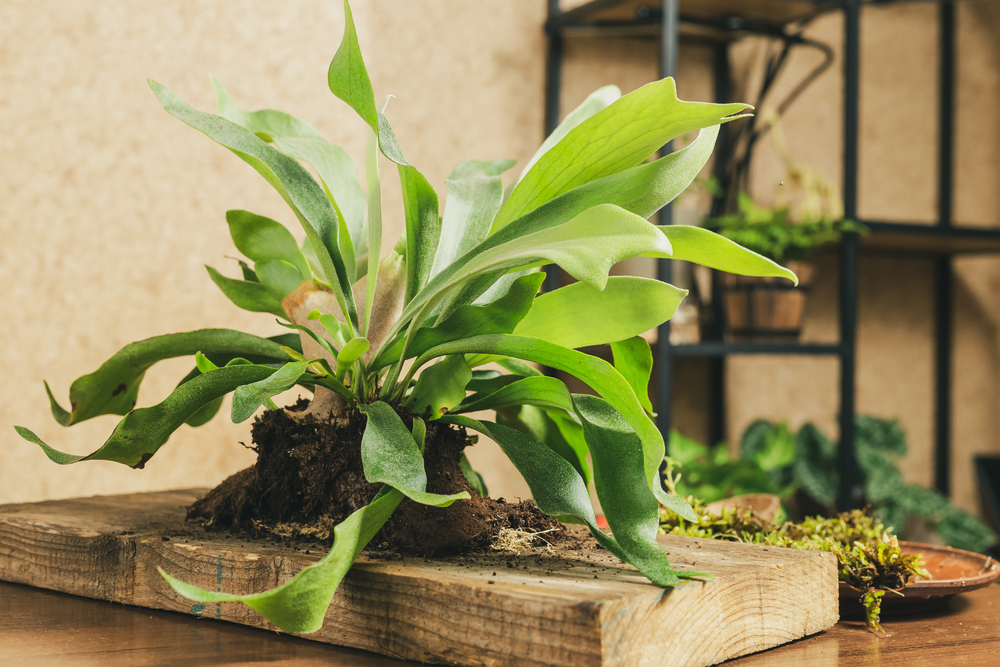
Staghorn ferns get their name from their appearance: which has been compared to the antlers of deer or elk. As far as where you grow them, these plants are not picky. Some have even thrived attached to wooden boards–combining plant care and wall decor in one! These houseplants are defined as epiphytic, which means they can grow naturally on top of other foliage. However you decide to display your fern, light is the least of your concerns.
Lighting Conditions
Staghorn ferns actually prefer total shade conditions, and are satisfied with indirect sunlight or almost-full darkness. Direct rays can damage the gorgeous and fragile fronds–but if you’re reading this article–I’ll assume your apartment leans towards lower lighting.
Water
What they lack in light staghorn ferns make up for in watering requirements. Frequent watering is crucial to their success; once a week should suffice in the warmer months, as long as it is consistent. To properly water a fern, remove it from its container (or trendy wall mount) and soak it in your sink for ten to twenty whole minutes. Make sure it’s adequately drenched.
Temperature
Staghorn ferns are huge fans of humidity. Between fifty and a hundred degrees fahrenheit is perfect for your plant, but aim towards the hotter side when the fern is young. Staghorn ferns will thrive in the kitchen or the bathroom of your apartment, where humidity is naturally increased. Spritz the plant regularly with warm water, or place it by a humidifier.
Cast Iron Plant

Cast iron plants have the well-earned reputation of being one of the best on our list of hard to kill plants in NYC apartments with low light. They can withstand a lack of water and will soldier through absolute shade. Their leaves are gorgeous, lance shaped wonders and they double as the perfect interior decor. For those afraid to start their houseplant journey, the cast iron plant is perfect for beginners.
Light Conditions
Not only do cast iron plants prefer shade, they actually despise direct sunlight. The rays can bleach and burn its leaves. They can survive in pretty much any level of darkness (although it’s recommended to keep them in indirect sun.) If your apartment is not blessed with tons of natural light, this hardy houseplant is the perfect pick.
Water
True to their resilient reputation, cast iron plants do not need much water to survive. A moderate amount of soil moisture will do. When you feel the soil dry out, simply water again as needed.
Temperature
Cast iron plants aren’t too picky about temperature, although they do prefer a warmer climate. If it becomes dreadfully cold, it can kill the houseplant. Since your cast iron plant asks little of you, make sure to try and keep it warm!
Where to Buy Houseplants in NYC
It’s absolutely possible to keep a healthy houseplant in your dimly lit apartment. Don’t abandon your dreams of growing a green thumb! Try these local shops, instead:
Need a new home to go along with all the green new additions to your household?
Contact a NewDevRev real estate expert to help you find your new indoor oasis today!
- Categories:
